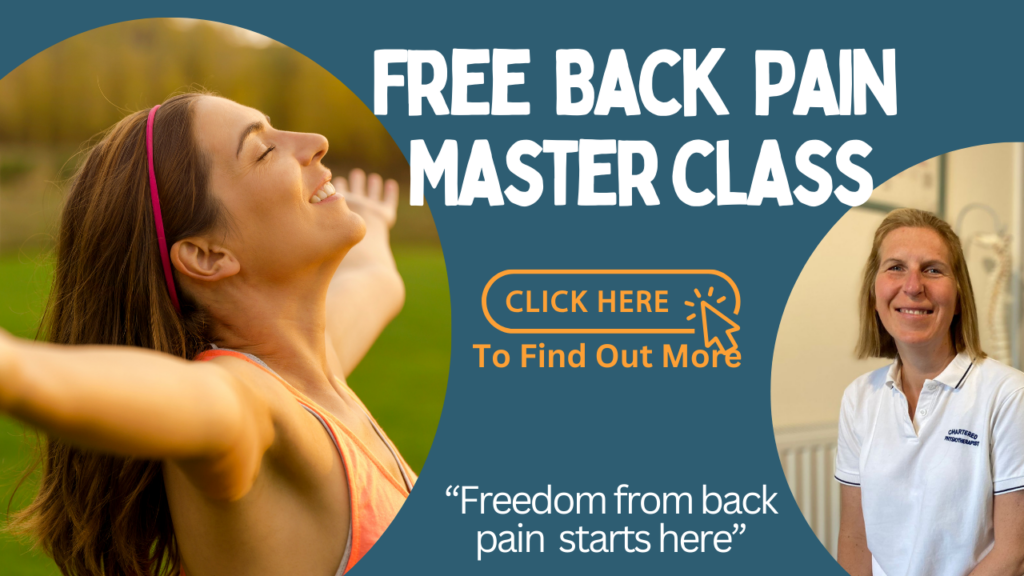Back pain can be scary—especially when an MRI shows a disc bulge or protrusion. The words alone can sound serious. But the truth? Most disc bulges are not dangerous, and many people have them without even knowing.
In this blog, we’ll walk through:
- What a disc bulge actually is
- What your MRI really means
- When to worry (and when not to)
- What you can do to take control and feel better
What Is a Disc Bulge?
Your spine is made of vertebrae with discs in between—like jelly-filled cushions. A disc bulge happens when the outer layer of the disc weakens and the inner gel pushes outward slightly. It’s not a rupture or a tear—it’s more like a squashed doughnut.
✅ Very common
✅ Often painless
✅ A normal part of aging
In fact, studies show up to 80% of adults have disc bulges on scans—and most don’t even know.
What Your MRI Might Say
Your report might mention:
- Disc protrusion or disc bulge at L4-L5 or L5-S1 (very common areas)
- Mild or moderate narrowing of the spinal canal or neural foramen
- Nerve root contact or impingement
This language can sound scary, but it often does not match the level of pain you’re feeling.
If you have other things on your scan that you don’t understand this blog may help What Your Back MRI Really Means (And Why It Might Not Be as Bad as It Sounds)
When NOT to Worry
You have a disc bulge but:
- Your pain comes and goes
- It eases with movement or gentle exercise
- You’re still able to walk, sleep, and live fairly normally
- You’re improving with physio, stretching, or strength work
These are all good signs. Your body is coping well, and you’re healing.

FREE Interactive Back Pain Masterclass – Learn more and enrol here.
When You Should Seek Help
❗ A disc bulge may need more attention if you have:
- Progressive weakness in one leg
- Loss of bladder or bowel control (seek urgent care)
- Numbness around the saddle area
- Pain that worsens or doesn’t change over several weeks
Even then, it’s not always a case for surgery. Many symptoms can still improve with the right care.
Take a look at this blog for more guidance Cauda Equina Syndrome: Why Immediate Action is Crucial
Case Studies from the Clinic
CASE 1: Bulging Disc + Sciatica – Recovery Without Surgery
Rachel, 45, had intense leg pain and an MRI-confirmed L5-S1 disc bulge. She struggled to walk and sit at first. But over a few weeks, with gentle mobility work, strengthening exercises, nerve glides, and a gradual return to movement, her symptoms calmed. Three months later, she was back to hiking and feeling stronger than ever.
CASE 2: MRI Showed a Bulge—But Pain Came from Elsewhere
John, 55, had back pain and a scan showing a disc bulge. But the bulge was an old finding—his pain was actually coming from tight hips and poor posture. Once we addressed that, the pain disappeared. The scan had been a red herring.
What You Can Do About a Disc Bulge
🟢 Keep Moving – Movement nourishes the discs and helps desensitise your back
🟢 Strengthen Your Core and Hips – A strong support system makes your spine happier
🟢 Posture Tweaks – Avoid slumping and long periods in one position
🟢 Stay Calm – Fear and worry can ramp up pain. Knowledge is power!
And remember: pain is not always damage. It’s your body’s alarm system—and sometimes it’s just a bit too sensitive.
Would you like more help?
If you’ve been told you have a disc bulge and don’t know what to do next, my FREE Back Pain Masterclass will be a great first step – It’s completely FREE, and it could change how you see your back for good.
Or head to my website to see how I can help you further. Click here.
Conclusion
A disc bulge doesn’t have to define your life—or your future. With the right understanding, the right movement, and the right support, most people recover and get back to doing what they love. Stay curious, stay active, and trust that your body is stronger and more adaptable than you think. And if you need a little extra guidance, don’t forget—help is just a click away.
Take care, Helen
Helen Manders BSc (Hons) MCSP HCPC
Chartered Physiotherapist
Treating Back Pain Since 2001
P.S. Don’t forget to take your place on my FREE Masterclass. I would love to see you there.




